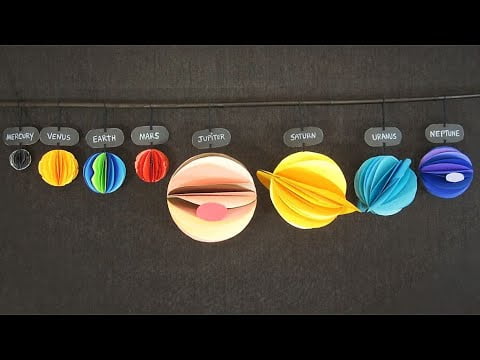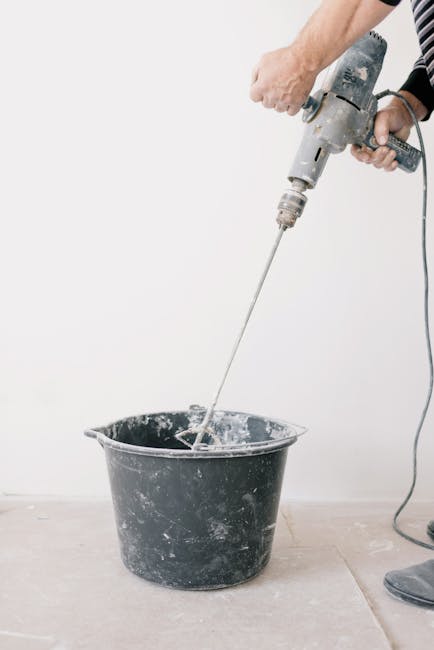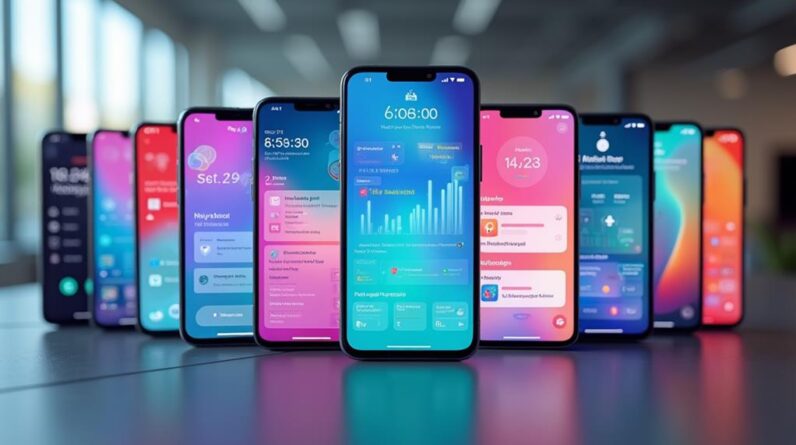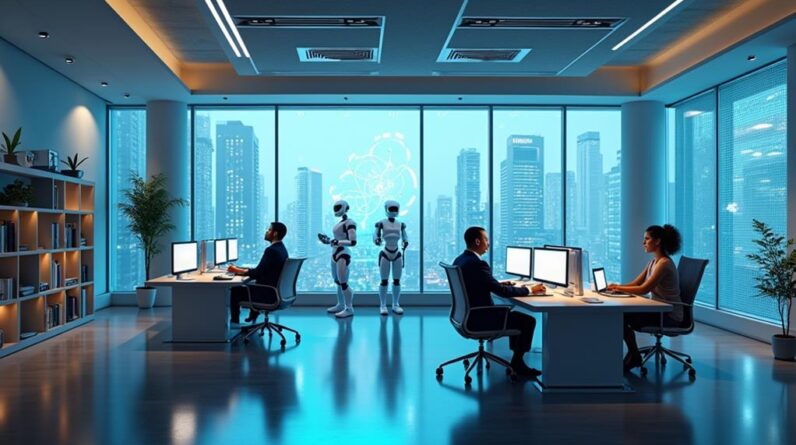
Our solar system
is made up of the sun and everything else that orbits around it
including planets moons asteroids comets and meteoroids.
The sun is a star at the center of our Solar System
that is four and a half billion years old
like all stars the sun is a raging ball of burning gas
with frequent eruptions called solar flares.
Solar flares are giant explosions on the Sun that send energy
light and high speed particles into space
the Sun creates gravity that keeps the planets in orbit around it.
There are eight Planets in our Solar system Mercury
Venus Earth Mars Jupiter Saturn Uranus Neptune Let's start with the first planet
Mercury.
Mercury is the smallest planet in the
solar system and the closest to the sun. It's a hard rocky ball of iron with no
moon. Its surface is covered with craters. It
takes Mercury 88 earth days to orbit the sun. The second planet is Venus. It's the
brightest and the hottest of the solar system.
Venus is only a little smaller than the Earth
but it spins the other way and much more slowly than the Earth.
Venus has more volcanoes than any other planet in the solar system
it has no moon and it takes 225 earth days to make a complete orbit around the sun. The third planet from the sun is Earth,
the only one known to have life.
The sun is extremely
important for life on earth, providing the energy that sustains us.
The earth is covered with 71% water and 29%
land. The land masses are called continents.
There are seven continents on earth North America,
South America, Africa, Europe, Asia, Australia and Antarctica. The fourth rocky planet is Mars. Iron
oxide gives its rusty red color. Mars has the highest mountains deepest
valleys and the largest volcano in our solar
system.

It is dry and cold and has two moons.
The red planet makes a complete orbit around the sun
in 687 earth days. The fifth planet is Jupiter. Jupiter is a
gas giant and the biggest planet. It has a
huge red spot larger than earth created by a storm that has been raging
for hundreds of years. Of all the planets Jupiter has the
largest number of moons including the biggest. Jupiter has a
system of rings that consists mainly of dust. It has the
fastest axis rotation spinning once every 10 hours and makes a
complete orbit around the sun every 12 earth years. The next planet is Saturn the second
largest gas giant. It has a spectacular ring system
made of rocks and ice. Of Saturn's many moons
its biggest is called Titan and is the second largest moon in our solar system.
It takes Saturn 29 earth years to make a complete orbit around the sun. The penultimate planet is Uranus an icy
gas giant.
It's the coldest planet and has a
turquoise color. Uranus gets its blue green color from
methane gas. Its faint rings are made of dust
Uranus' moons are named after characters taken from
the works of english poets William Shakespeare and Alexander Pope.
Unlike any other planet, Uranus rotates on its side
which means it spins horizontally. Uranus makes a complete orbit around the sun in about 84 earth years. The eighth and final planet is Neptune
another icy gas giant. Neptune is dark cold and whipped by supersonic winds.
Neptune's winds can be three times stronger than Jupiter's
and nine times more powerful than Earth's. Thank you for watching our video. Make
sure to like subscribe and share. Follow us on
Instagram Facebook and Twitter and join our new
official discord server to receive updates on our channel.
you.
As an Amazon Associate I earn from qualifying purchases.







